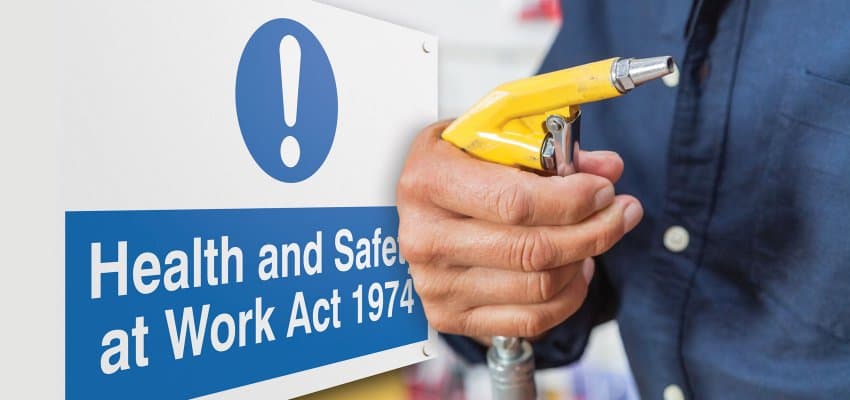Many workplace injuries occur because of the misuse of compressed air or using air guns for cleaning. The HSE Compressed air safety book highlights the risks of cleaning with compressed air although there are no specific UK regulations preventing this activity – it is covered under the jurisdiction of the Health and Safety at Work Act 1974.
Cleaning with compressed air to remove swarf, dust and fluids
The use of compressed air to remove swarf, dust and fluids from machined components presents a number of risks to both the health and safety of those involved. What has to be emphasised is that many compressed air users may not fully realise that the operation of a compressed air system is subject to legal requirements.
In its advisory role, BCAS, the UK’s trade and technical association, makes it clear that the user of installed compressed air plant or the owner of mobile compressor equipment is subject to the legal requirements of the Pressure Systems Safety Regulations S.I. 2000 No 168 (PSSR), a statutory instrument for the ‘in-service’ use of pressure equipment.
Cleaning with compressed air and Health and Safety at Work Act 1974
Any breach of these regulations comes under the jurisdiction of the Health and Safety at Work Act 1974. This main legislation covers occupational health and safety in Great Britain with the Health and Safety Executive, local authorities, and others responsible for enforcing it.
Many workplace injuries occur because of the misuse of compressed air or using air guns for cleaning. The HSE Compressed air safety book highlights the risks of cleaning with compressed air although there are no specific UK regulations preventing this activity – it is covered under the jurisdiction of the Health and Safety at Work Act 1974.
Cleaning with compressed air to remove swarf, dust and fluids
The use of compressed air to remove swarf, dust and fluids from machined components presents a number of risks to both the health and safety of those involved. What has to be emphasised is that many compressed air users may not fully realise that the operation of a compressed air system is subject to legal requirements.
In its advisory role, BCAS, the UK’s trade and technical association, makes it clear that the user of installed compressed air plant or the owner of mobile compressor equipment is subject to the legal requirements of the Pressure Systems Safety Regulations S.I. 2000 No 168 (PSSR), a statutory instrument for the ‘in-service’ use of pressure equipment.
Cleaning with compressed air and Health and Safety at Work Act 1974
Any breach of these regulations comes under the jurisdiction of the Health and Safety at Work Act 1974. This main legislation covers occupational health and safety in Great Britain with the Health and Safety Executive, local authorities, and others responsible for enforcing it.
HSE Compressed Air Guide Step 104
Blow guns consisting simply of a reduced orifice in direct line with the supply hose can be extremely dangerous, unless preceded by a pre-set tamper-proof pressure regulator set at a reduced pressure from the normal 80 psi airline supply. Models are available commercially, which incorporate an air curtain designed to provide a protective shroud around the nozzle. Although Compressed air safety Page 25 of 50 Health and Safety Executive is not completely safe, these designs significantly reduce the risk of eye injury and the dangers from close skin contact. If designed correctly, such nozzles can often help to prevent the operator from being subjected to excessive noise because air is vented directly into the atmosphere, clean dry air is essential and lubricators should not be used. Blow guns can exhaust significant quantities of air and place extra loading on the compressor system. In view of this and the attendant risk arising from use of blow guns, their use should be considered carefully with a view to using alternative means for cleaning down machinery or components.



